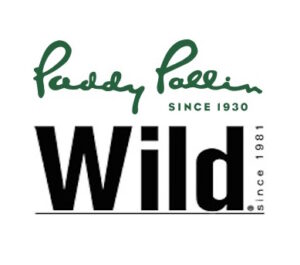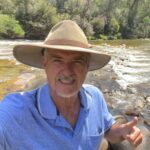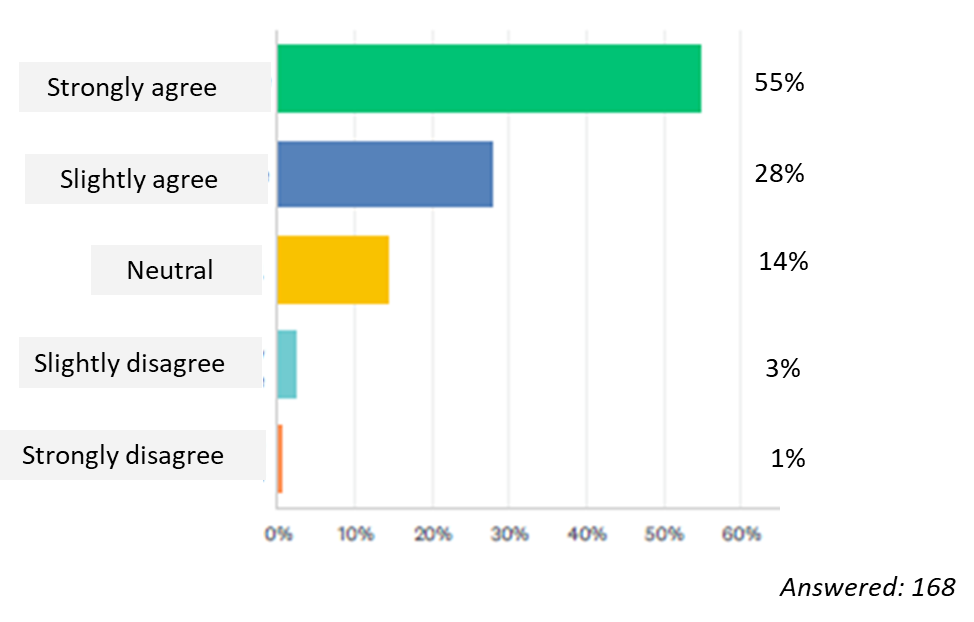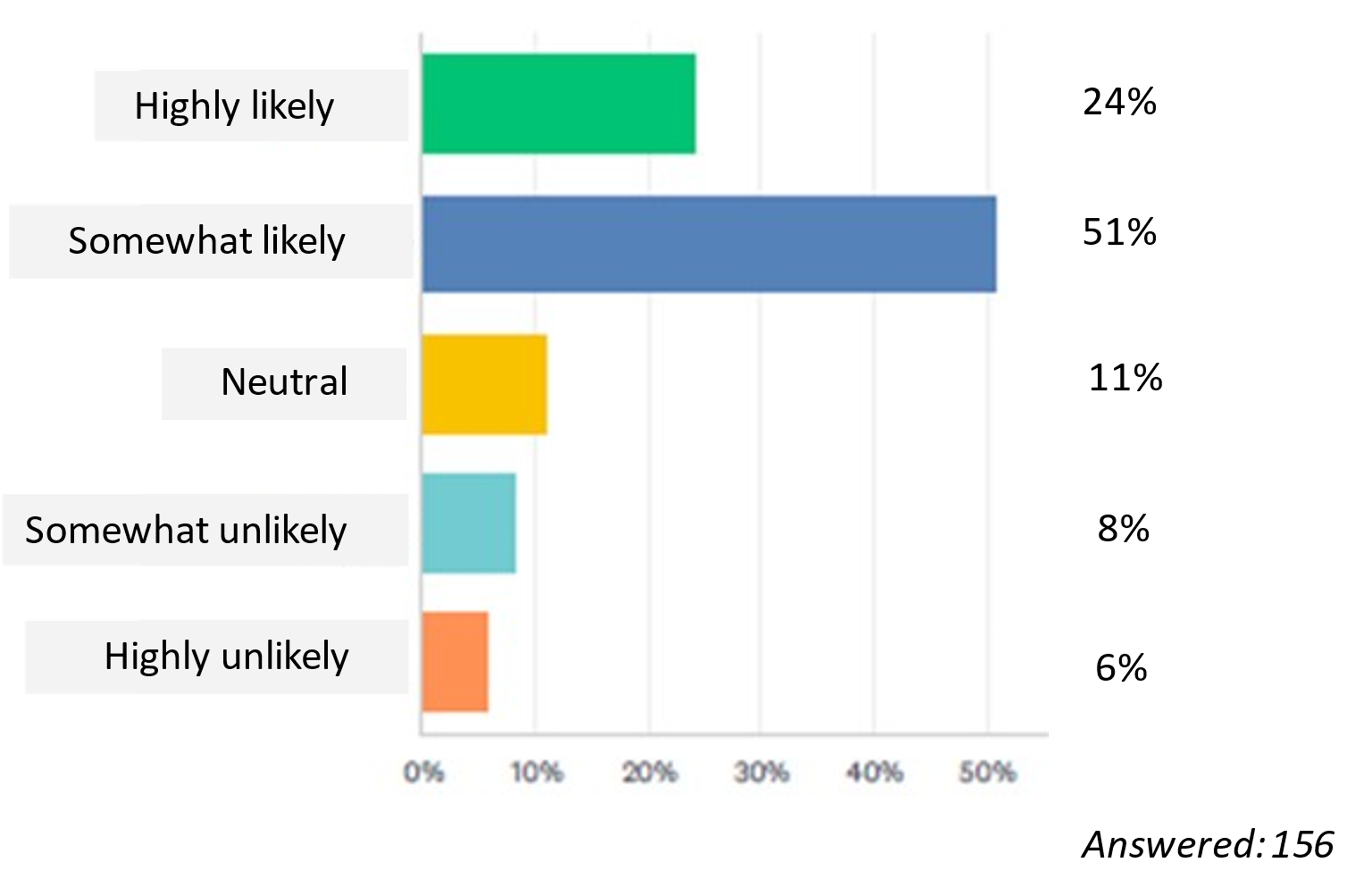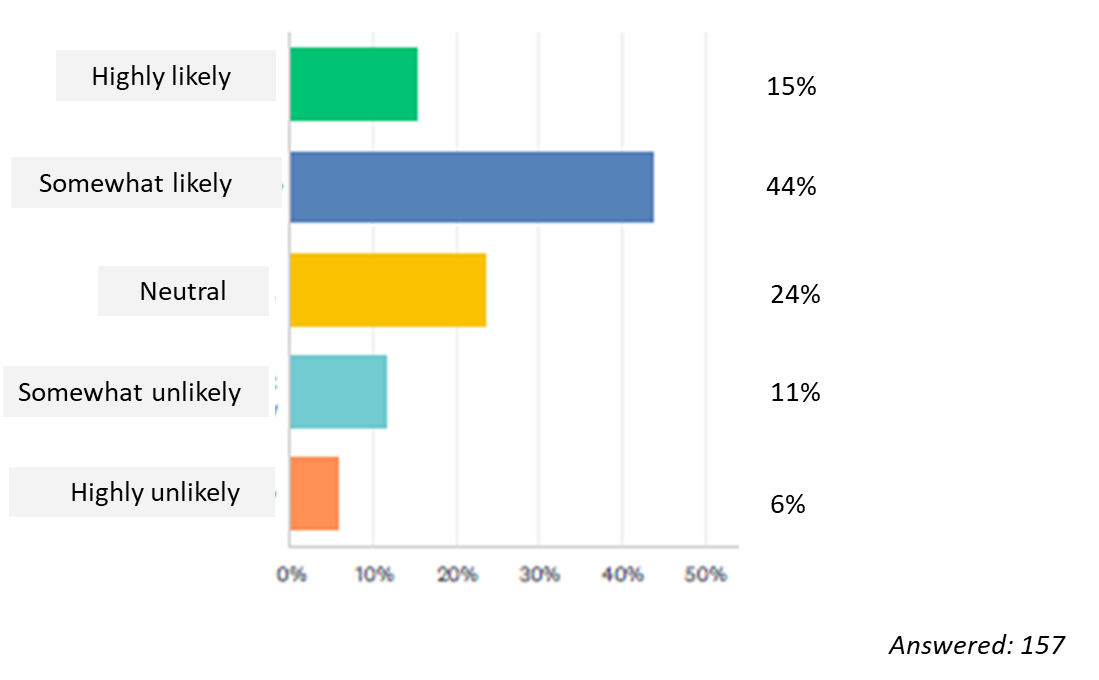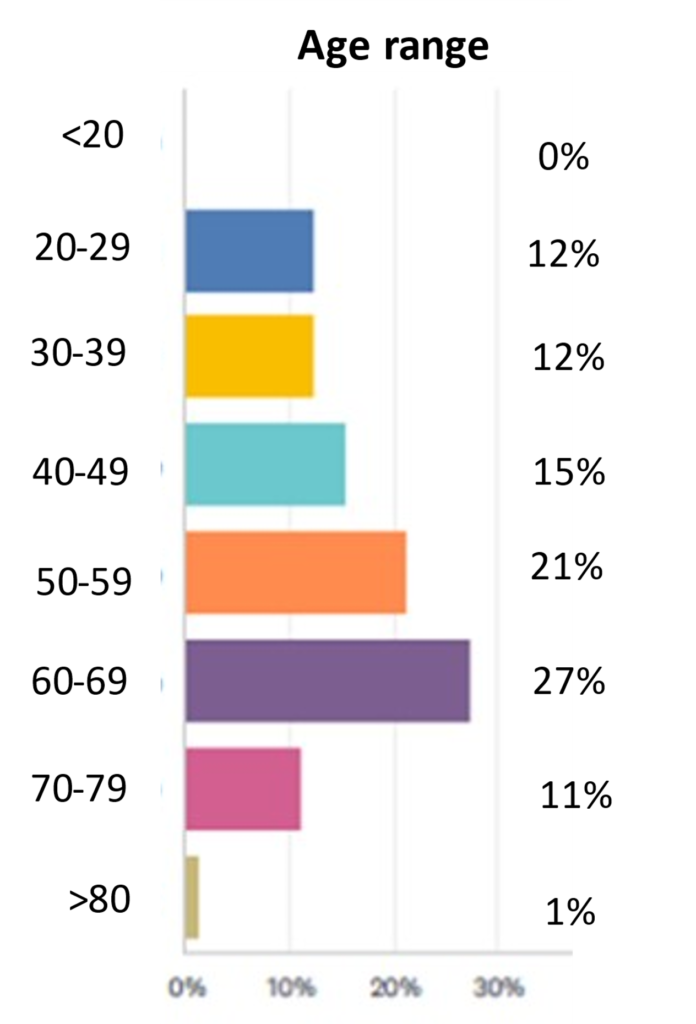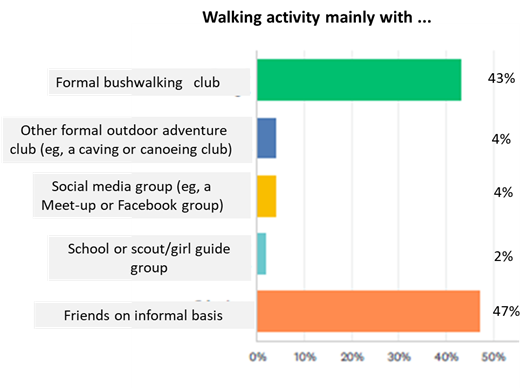A name change and rebrand for Bushwalking NSW?
By Jon Gray, Bushwalking NSW Vice President and Young People in Clubs (YPIC) Working Group.
I believe BNSW and bushwalking clubs in Australia need a change in name and a rebrand to remain strong and relevant into the future.
It is evident that most clubs in NSW and the ACT are not attracting younger members. This raises concerns regarding the long-term viability of our clubs and indeed the whole bushwalking club movement in our State and Territory. I am convinced a significant change is required; we need to ‘turn the ship around’.
As already expressed in a previous Opinion Piece, I believe the crux of our problem lies in the regrettably less-than-exciting image of bushwalking clubs. Our clubs are not widely perceived as exciting and cool, but regrettably as rather staid and boring, and increasingly, full of retirees (like me!). We need a subtle change of image, a rebrand, to help inspire and attract a younger cohort into our clubs, to re-energise our whole movement.
The need for a change in our names and terminology was also supported by results from the recent BNSW Outdoor adventure terminology survey. The survey, with over 170 respondents mostly from BNSW member clubs, revealed that 50% of respondents gave their first preference to hypothetical club names that included the term ‘Outdoor Adventure’, whilst only 8% gave their first preference to a club name with the sole term ‘Bushwalking’. A substantial majority of 83% agreed that a club name should include more than just ‘Bushwalking’ if other activities were also undertaken by the club (Figure 1).
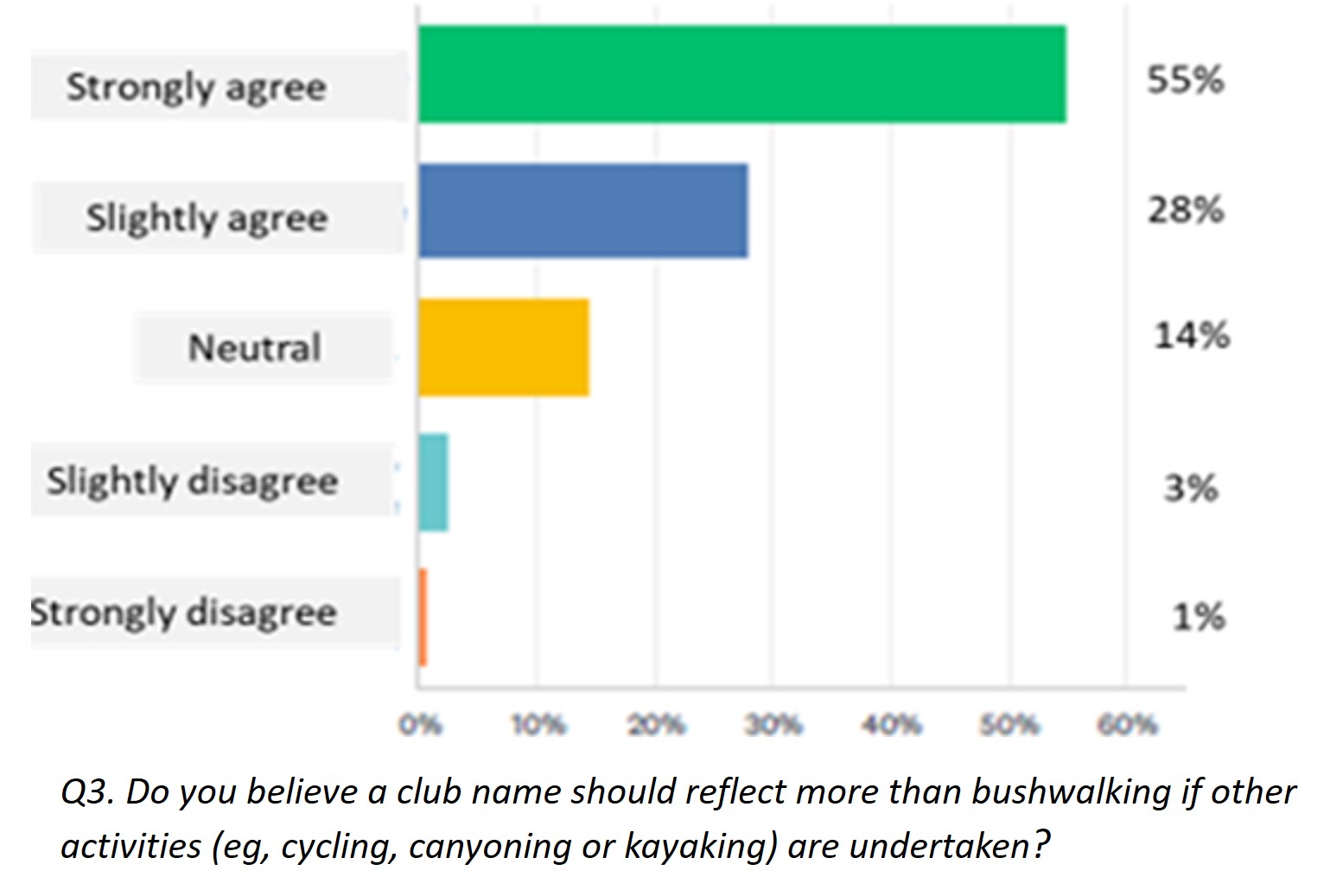
Figure 1: Plot from BNSW Outdoor adventure terminology survey 2023
As a key step in this rebranding process, I am advocating for the simple addition of a new term such as ‘Outdoor Adventure’ or merely just ‘Adventure’ into our names. Thus, for example, Bushwalking NSW might change to Bushwalking Adventure NSW. The fictional Highlands Bushwalking Club might change to Highlands Bushwalking Adventure Club.
I am convinced that such a relatively simple change would go a long way towards improving our brand and image, and reverse the aging and decline in our movement. Other measures will also be important in conjunction with the rebrand, such as enhancing social media presence, promoting the benefits of joining formal clubs and adopting welcoming measures for younger people.
BNSW expects to further explore opinions and avenues for a potential name change and rebrand during the 2024/2025 year.
Please consider this issue, and whether you support exploration of a possible simple name change and rebranding for Bushwalking NSW, and also for your own club. Please let BNSW know your thoughts by responding through the email below.
Jon Gray
Bushwalking NSW Vice President and Young People in Clubs (YPIC) Working Group.
Email: youngpeopleinclubs@bushwalkingnsw.org.au

